The Bolshoi Ballet.
Season 2020-2021
City:
Moscow
Cinemas:
Baltika
Cinema Park Kaluzhskiy
Cinema Park Metropolis
CINEMA PARK Schelkovsky
Eldar
Formula Kino CDM
Formula Kino Chertanovo
Formula Kino Europa
Formula Kino na Kutuzovskom
Formula Kino na Polezhaevskoy
GUM Cinema Hall
KARO 10 Schuka
KARO 11 Oktyabr
KARO 7 Atrium
KARO 8 Kapitoliy Vernadskogo
KARO Ermitazh
KARO Sky 17 Aviapark
Kinomax Mozaika
Kinomax Prazhskaya
Kinomax Titan
Kinomax Vodniy
KINO OKKO Afimoll City
Mori Cinema Kuntsevo
Moskino Fakel
Moskino Salyut
Moskino Vympel
Moskino Zvezda
Philharmonic 2 Concert Hall
Dates:
04.10.2020-30.06.2021
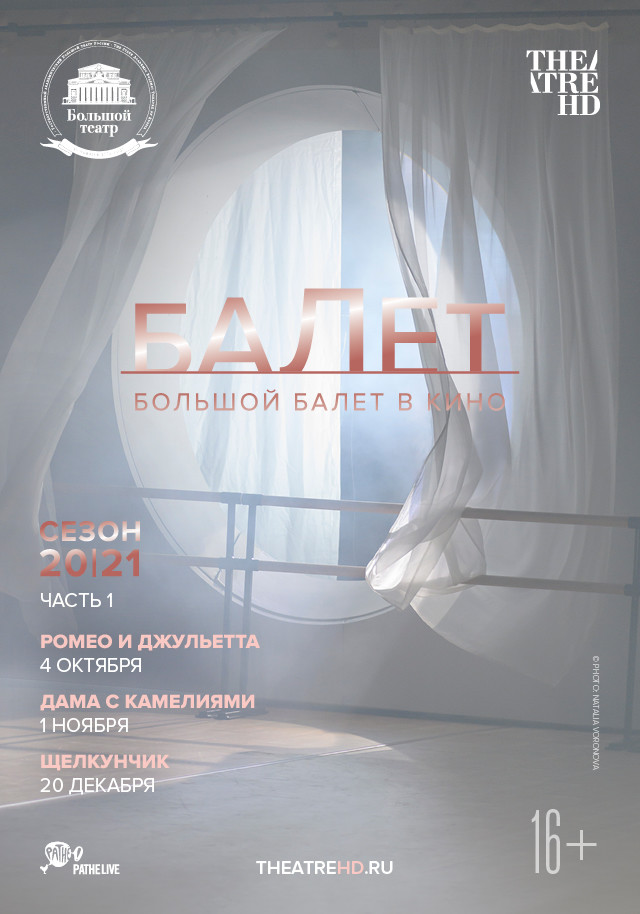
Choose city for details:
- Almaty
- Arkhangelsk
- Astrakhan
- Barnaul
- Belgorod
- Bishkek
- Bryansk
- Cheboksary
- Chelyabinsk
- Cherepovets
- Cherkasi
- Cherkessk
- Chernogolovka
- Chita
- Dnipro
- Elektrostal
- Engels
- Grodno
- Irkutsk
- Ivanovo
- Izhevsk
- Kaliningrad
- Kazan
- Khabarovsk
- Kharkiv
- Kirov
- Kogalym
- Kolomna
- Kovrov
- Krasnodar
- Krasnoyarsk
- Kursk
- Kyiv
- Lipetsk
- Lviv
- Magnitogorsk
- Minsk
- Moscow
- Murmansk
- Mytishchi
- Naberezhnye Chelny
- Nalchik
- Nizhnekamsk
- Nizhniy Tagil
- Nizhny Novgorod
- Novokuznetsk
- Novomoskovsk
- Novosibirsk
- Obninsk
- Odesa
- Omsk
- Orekhovo-Zuyevo
- Orenburg
- Oskemen
- Penza
- Perm
- Petropavlovsk-Kamchatskiy
- Petrozavodsk
- Podolsk
- Pskov
- Pushkino
- Reutov
- Rostov-on-Don
- Ryazan
- Saint Petersburg
- Samara
- Saransk
- Saratov
- Sarov
- Sergiyev Posad
- Sevastopol
- Severodvinsk
- Shakhty
- Simferopol
- Smolensk
- Sochi
- Stary Oskol
- Stavropol
- Surgut
- Syktyvkar
- Taganrog
- Tolyatti
- Tomsk
- Tula
- Tver
- Tyumen
- Ufa
- Ukhta
- Ulyanovsk
- Veliky Novgorod
- Vladimir
- Vladivostok
- Volgograd
- Voronezh
- Yaroslavl
- Yekaterinburg
- Yoshkar-Ola
- Yuzhno-Sahalinks
- Zelenograd
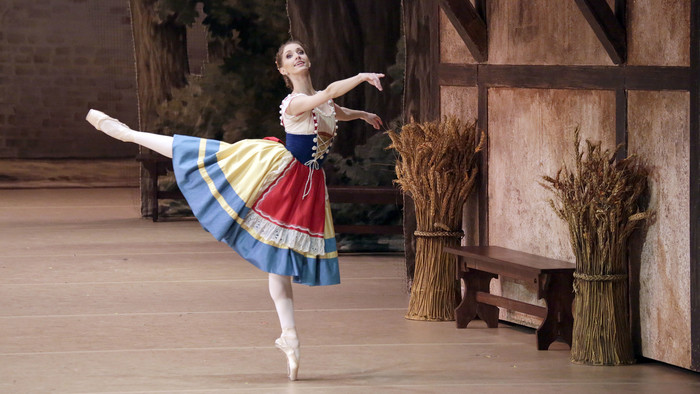
Коппелия
Coppelia
Country: Russia
Year: 2018
Cast: Margarita Shrainer, Artem Ovcharenko, Aleksey Loparevich, Anastasia Denisova, Antonina Chapkina, Daria Bochkova, Elizaveta Kruteleva
: Marius Petipa, Enrico Cecchetti
: Sergei Vikharev
: Igor Dronov
: Pavel Sorokin
: Boris Kaminskiy
: Damir Ismagilov
: Tatiana Noginova
Genre: ballet
Language: English, French, Russian
Translation: russian subtitles, no subtitles
Time: 2 hours 8 minutes
Возраст: 6+
after the stories by Ernst Theodore Amadeus Hoffmann
Choreography: Marius Petipa and Enrico Cecchetti
Revival and new choreographic version: Sergei Vikharev
Designer: Boris Kaminsky
Costume Designer: Tatiana Noginova
Music Director: Igor Dronov
Lighting Designer: Damir Ismagilov
Sets reproduced by Yevgeny Yakimenko and Anton Danilov (Acts I and III), Yelena Kinkulskaya (Act II)
Archive Researches and Coordination: Pavel Gershenzon
Choreography has been restored using notations from the Harvard Theatre Collection.
Set and costume sketches have been made available by the St. Petersburg State Museum of Theatre and Music Arts and the St. Petersburg State Theatre Library.
The score has been made available by the publishing house EDWIN F. KALMUS.
Coppelia was premiered in 1870 at the Paris Opera (The National Academy of Music and Dance). It was choreographed by Arthur Saint-Leon, the choreographer who had relinquished his post as head of the Petersburg Ballet to Marius Petipa. Saint-Leon was also a virtuoso dancer, expert on dance folklore, composer and violinist. It was his interest in folk dance that was responsible for the appearance in the music score of such a rich ’selection’ of dance melodies based on folklore. Coppelia is considered to be one of the first ballets to contain Slav motifs.
In the 14 years between its Paris premiere and Petipa’s own production of the ballet at the Petersburg Bolshoi Theatre, Coppelia was presented in Brussels, at Moscow’s Bolshoi Theatre and in London. Before the end of the 19th century, it was also staged in New York, Milan, Copenhagen, Munich and once more in Petersburg, this time at the Mariynsky Theatre. There were more productions in the 20th century, including ultra modern interpretations when sometimes even its comic element was dropped. The second (1894) Petersburg version of Coppelia (choreographed by Marius Petipa and staged by the Italian teacher and ballet master, Enrico Cecchetti, who was working at the time in Petersburg), was revived at the Bolshoi Theatre by ballet scholar Pavel Gershenzon and Sergei Vikharev, famous Mariynsky Theatre principal dancer and ballet master-restorer.
In 2001, the premire of their reconstructed Coppelia was held at Novosibirsk Theatre of Opera and Ballet. The production made such an impact on audiences that the following year it won a Golden Mask, the National theatre prize.
Images
-
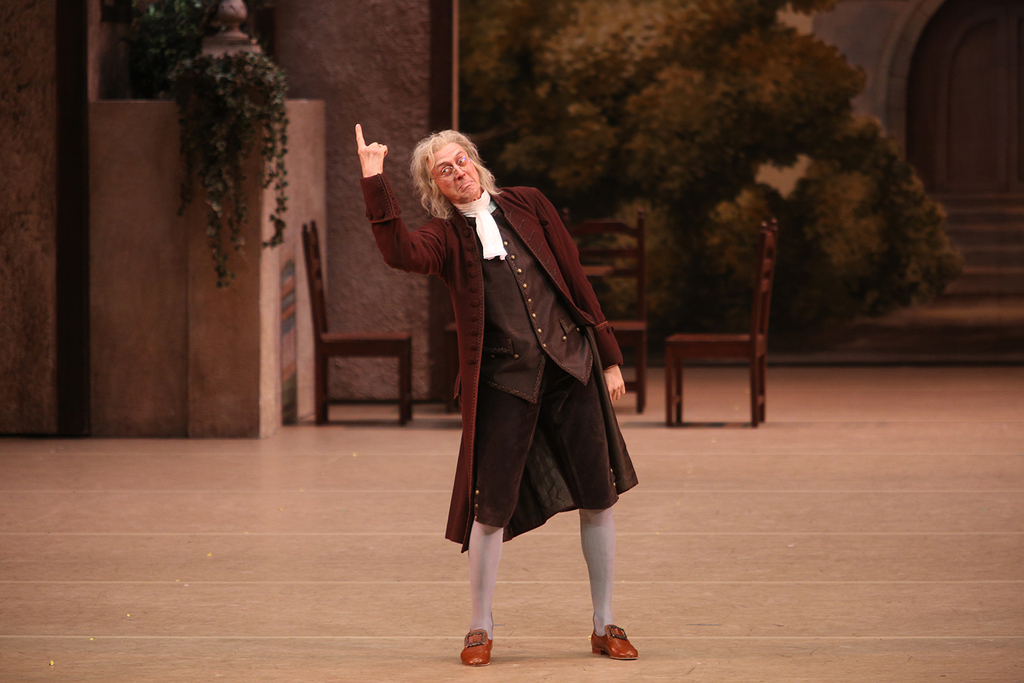
-

-
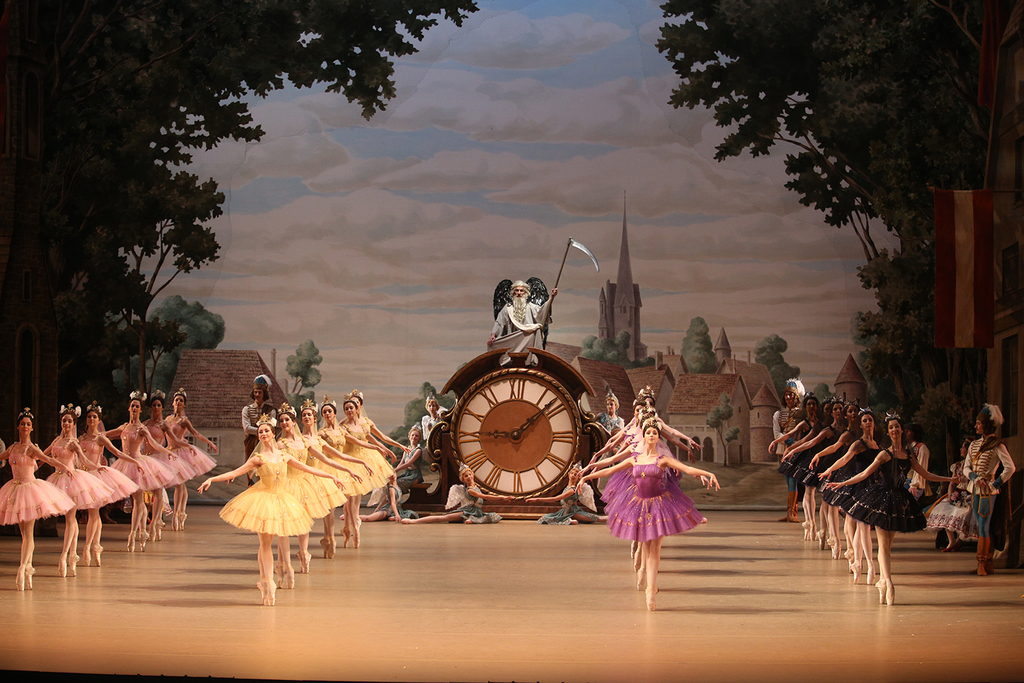
-

-

-
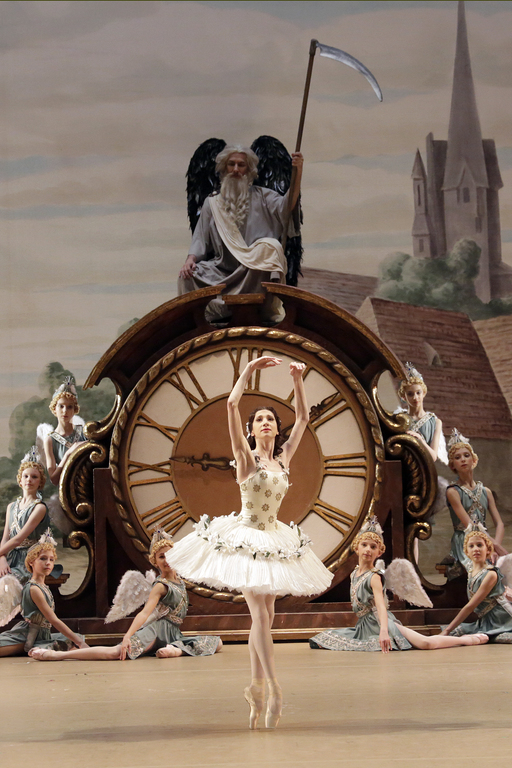
-
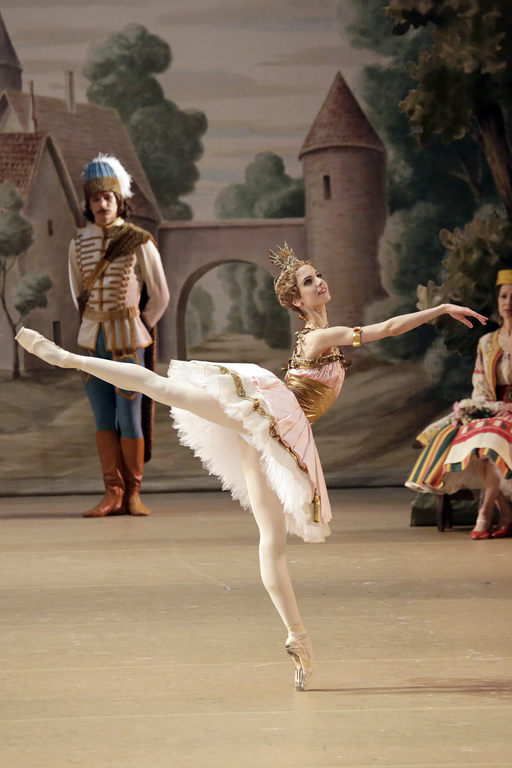
-

-
-
-
-
-
-
-
-
-
-
-
-
-
-
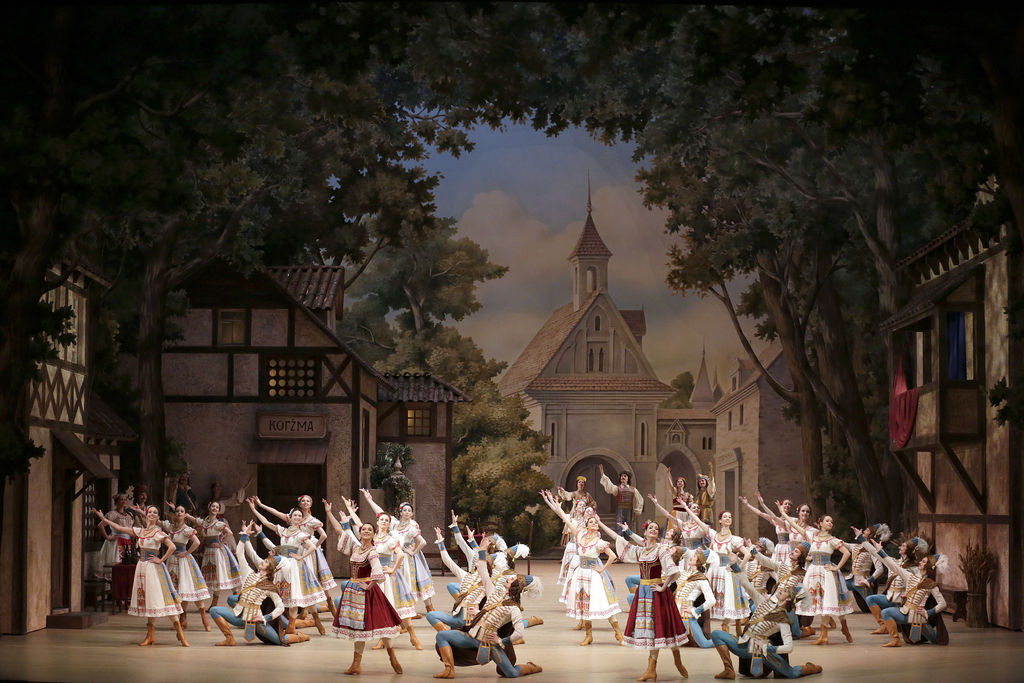
-
Фото (с) Наталья Воронова
-
Фото (с) Наталья Воронова
-
Фото (с) Наталья Воронова
-
Фото (с) Наталья Воронова